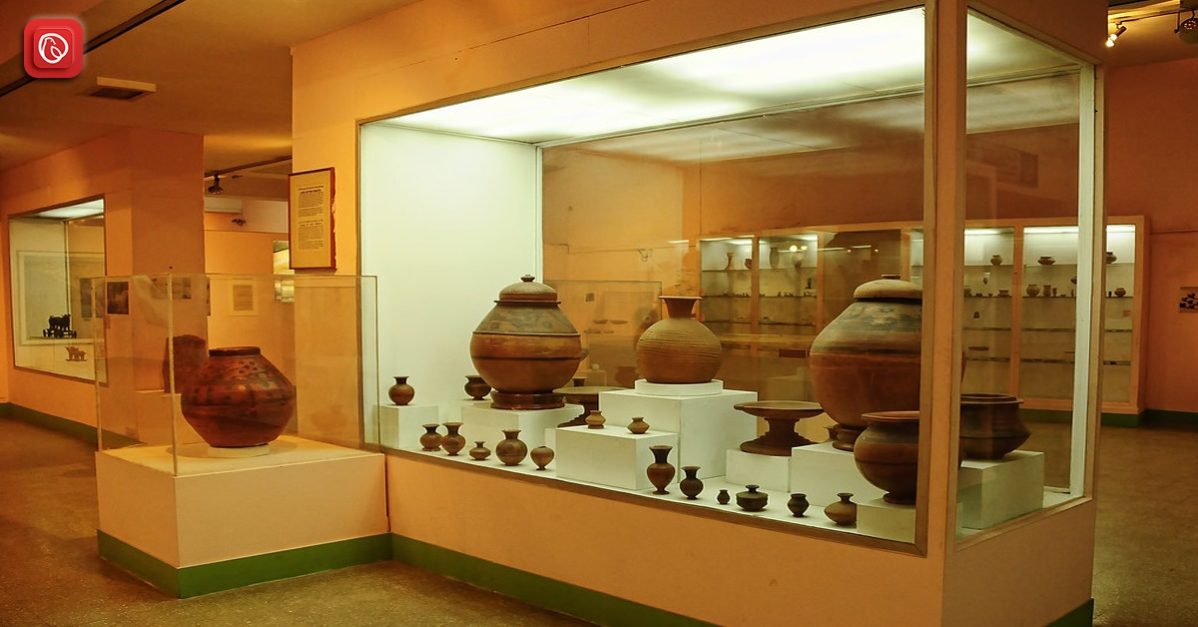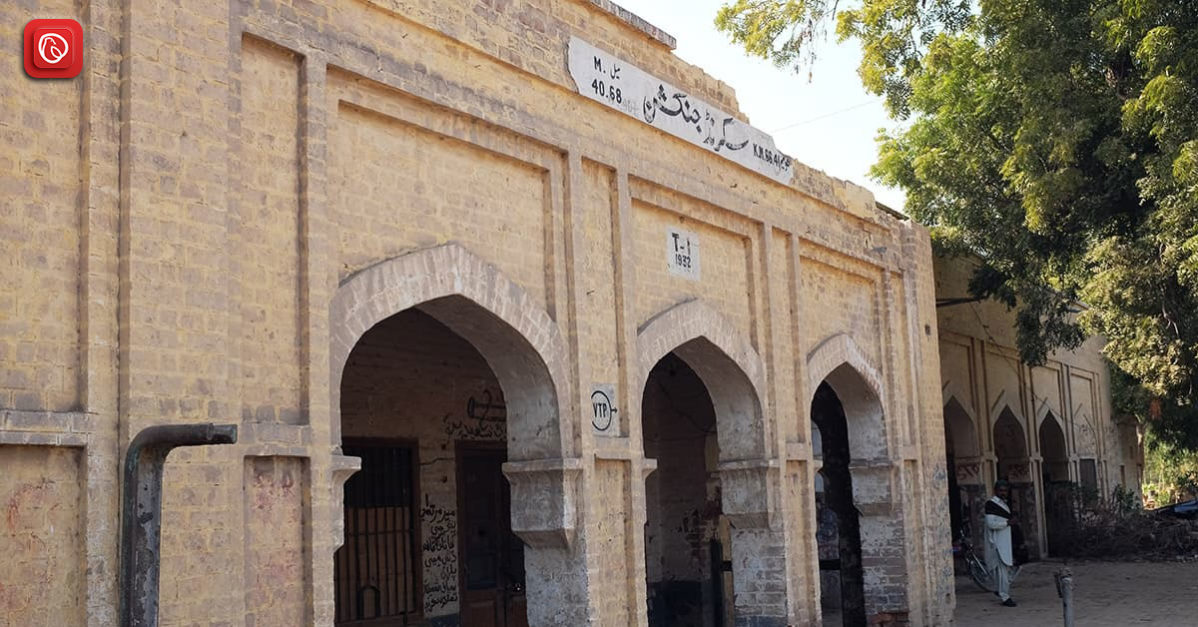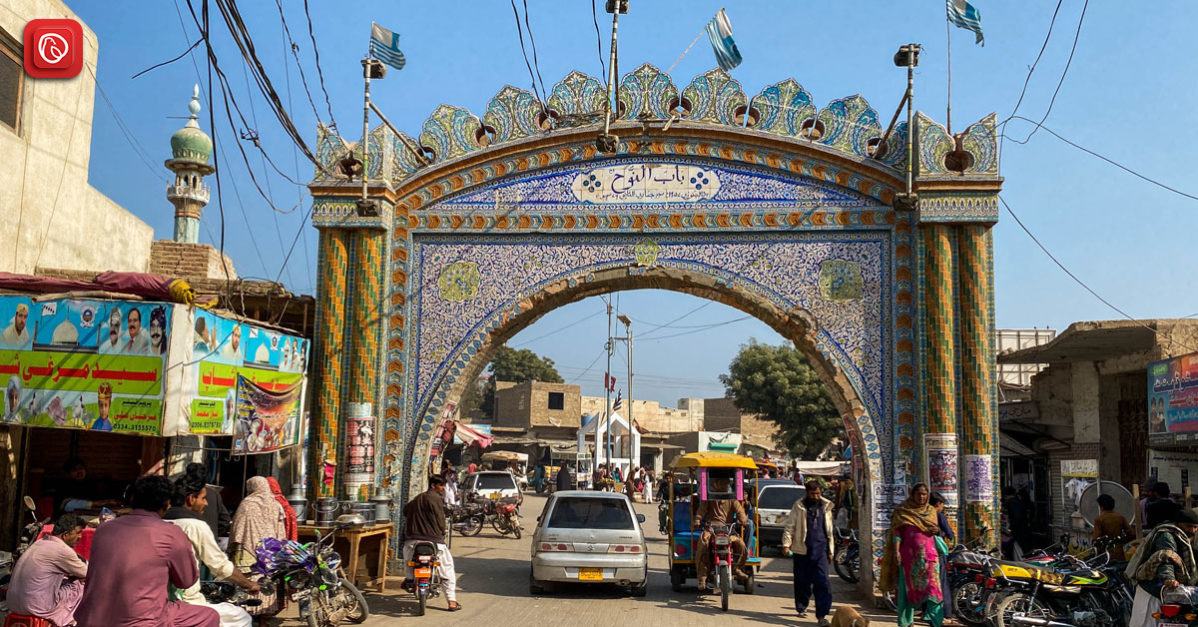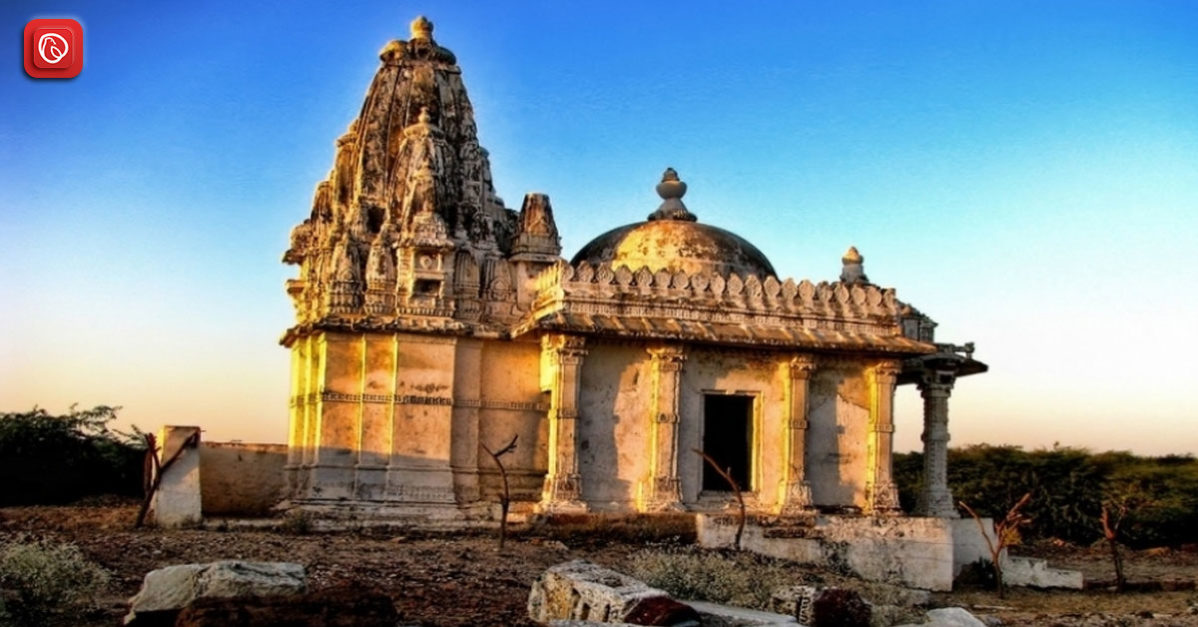The Harappa Museum, situated in the Sahiwal District of Punjab, Pakistan, is a historical treasure chest preserving the legacy of the ancient Harappan civilisation. Its journey began in 1926, and in 1966, the Pakistani government erected a dedicated building to ensure the protection and presentation of this invaluable archaeological heritage.
More than just a collection of artefacts, the Harappa Museum offers a captivating journey into the past. It unveils the mysteries of the Harappan civilisation, making it a must-visit destination for history enthusiasts. In this blog, Graana.com will share some interesting facts and information about this historic museum.
| Title | Harappa Museum, Sahiwal, Punjab – Central |
| City | Harappa Museum |
| Region 2 | Sahiwal |
| Region 1 | Punjab – Central |
| Country | Pakistan (PK) |
| Postcode (ZIP) | 57171 |
Location and Accessibility
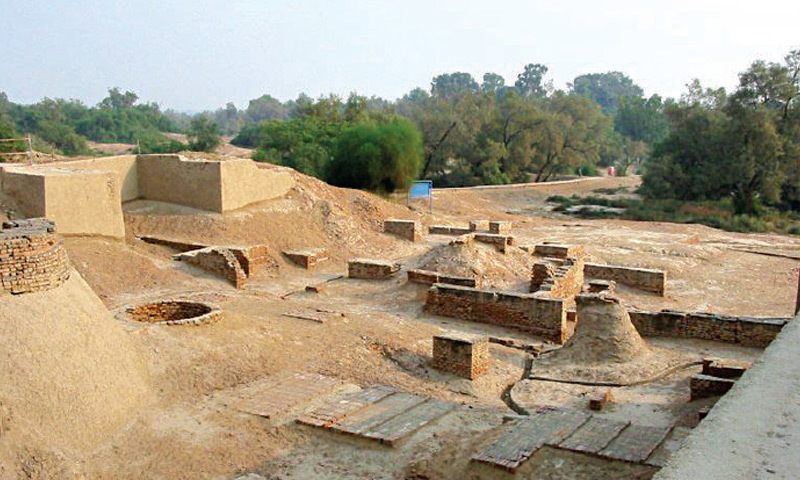
The Harappa Museum is located in the Sahiwal District of Punjab, Pakistan, providing easy access to both local and international visitors. Situated in the centre of the region that was once home to the ancient Indus Valley Civilisation, the museum’s location is of historical significance in itself. It’s conveniently accessible by road, making it an ideal destination for those exploring the region.
The museum’s proximity to major cities and urban centres ensures that it’s well-connected, allowing visitors to embark on a journey through time and explore the mysteries of the Harappan civilisation. Whether you’re a history enthusiast or a curious traveller, the Harappa Museum’s accessible location offers an opportunity to dive into the rich heritage of this ancient civilisation.
History of Harappa Museum
The Harappa Museum closely ties its rich history to the ancient Indus Valley Civilization, one of the world’s oldest, which thrived from around 3500 B.C. to 1500 B.C. in the area irrigated by the Indus River and its tributaries.This civilisation left behind over four hundred sites, with Harappa and Mohenjo Daro being the most significant. Harappa is particularly famous as a representation of this period.
The story of Harappa’s significance starts with its first exploration by Mr. Masson in 1826. Later, Mr. Burns visited in 1831, followed by Cunningham in 1853 and 1856. Cunningham estimated the city’s size to be about 3 kilometres in circumference, but when you include the surrounding fields, the city’s area extends to nearly 5 km. Sadly, before the area was protected in 1920, Harappa’s mounds had been exploited for bricks for things like the Lahore-Multan Railway.
The first major excavations began in 1921, led by Daya Ram Sahni and continued until 1925. Then, Mr. Madho Sarup Vats took over from 1926 to 1934, followed by Mr. K.N. Shastri in 1937. Sir R.E.M. Wheeler conducted extensive trenching at the site from 1944 to 1946. After Pakistan’s creation in 1947, Dr. Muhammad Rafique Mughal carried out further excavations in 1966, adding to what was already known about the site.
In 1986, the American archaeological mission, guided by Dr. George F. Dales, partnered with the Department of Archaeology and Museums, Government of Pakistan, to conduct research at Harappa until 2001.
Artefacts and Galleries at Harappa Museum
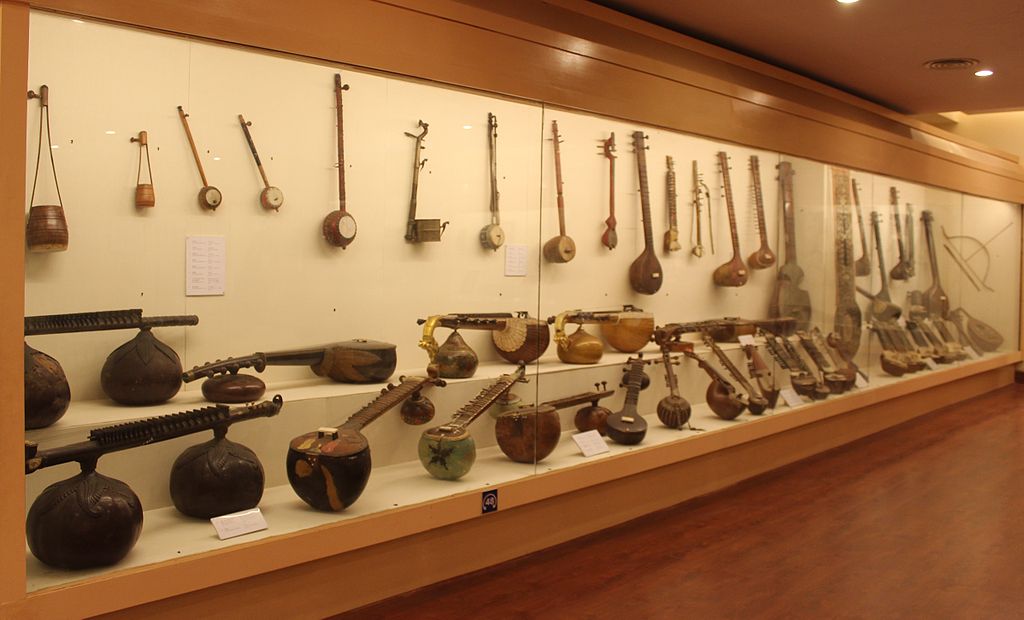
The Harappa Museum features just two galleries, and within these galleries, there are a total of 30 showcases for displaying artefacts. The museum’s collection comprises a diverse array of artefacts that were unearthed during excavations.
These artefacts include ritual items, seals, representations of the mother goddess, stone tools, objects made of copper and bronze, terracotta figurines of female animals, shell and ivory artefacts, weights, children’s toys, human skeletons, and a wide assortment of pottery items.
Timings for Visitors
| Winter Timing | Summer Timing | |
| Site | 08:30 AM to Half an hour before sunset | 07:00 AM to Half an hour before sunset |
| Museum | On all week days except Friday: 09:00 AM to 04:00 PM On Friday: 09:00 AM to 12:30 PM 02:30 PM to 04:00 PM Interval: 12:30 PM to 02:30 PM | 08:30 AM to 12:30 PM 02:30 PM to 05:30 PM Interval: 12:30 PM to 02:30 PM |
Renovation Project
In 2015, Education and Archaeology Minister Rana Mashhood Ahmad Khan had announced the government’s commitment to the restoration of historical sites and tourist attractions during a meeting focused on the renovation of the Harappa Museum in Sahiwal. He also emphasised the importance of heritage in recognising a nation’s identity and pledged to provide all necessary resources for the refurbishment of historical places in Pakistan.
Additionally, the minister issued directives to enhance the museum’s condition and bolster security measures, with a strong stance against any neglect in this regard. Khan instructed the Tourism Department Corporation of Punjab Managing Department’s Ahmer Malik to visit the museum and create an improvement plan.
Furthermore, the meeting, attended by figures like Archaeologist Prof Rafiq Mughal and Archaeology Department Director Salimul Haq, represented a significant stride in preserving and showcasing Pakistan’s cultural and architectural heritage.
FAQs About Harappa Museum
Following are some of the FAQs regarding Harappa Museum:
Where is Harappa Museum located?
Harappa Museum is located in the Sahiwal District of Punjab, Pakistan.
What is the significance of Harappa Museum?
Harappa Museum is a repository of artefacts and historical items from the ancient Indus Valley Civilisation, offering insights into this remarkable ancient civilisation.
What are the museum’s opening hours?
The museum’s opening hours vary by season. During the winter, the site opens at 08:30 AM and closes half an hour before sunset. Besides, for the museum, it’s open on all weekdays except Friday from 09:00 AM to 04:00 PM, while on Friday, it’s open from 09:00 AM to 12:30 PM and then again from 02:30 PM to 04:00 PM.
What are the summer timings for Harappa Museum?
During the summer , the site opens at 07:00 AM and closes half an hour before sunset. The museum opens from 08:30 AM to 12:30 PM and then reopens from 02:30 PM to 05:30 PM.
Is there an admission fee to visit Harappa Museum?
Admission fees may apply, and these can vary. It’s a good idea to check with the museum or the relevant authorities for the most up-to-date information.
What can visitors expect to see at the museum?
Visitors to Harappa Museum can expect to see a diverse array of artefacts from the Indus Valley Civilisation, including ritual objects, seals, figurines, tools, and more. These artefacts provide insights into the culture, art, and technology of this ancient civilisation.
Is there any ongoing archaeological work at the Harappa site?
It’s essential to verify if there are any ongoing excavations or research projects at the Harappa site, as archaeology and research are dynamic processes.
Is there a gift shop or souvenir store at the museum?
Many museums have gift shops or souvenir stores where visitors can purchase books, replicas, and souvenirs related to the museum’s collections.
Is photography allowed inside the museum?
The museum’s policy on photography may vary. It’s advisable to check with the museum staff regarding their rules on photography.
In conclusion, Harappa Museum stands as a vital testament to the rich history of the Indus Valley Civilisation in Sahiwal. Its diverse collection of artefacts, along with its commitment to preservation and education, offers a captivating journey into the past.
The dedication of the government and various stakeholders to renovate and safeguard historical sites like Harappa Museum is commendable. Tourists from all around the world come to visit this place, which help boost tourism industry in Pakistan. As a valuable resource for understanding the culture of ancient civilisations, Harappa Museum continues to inspire visitors. It ensures that the legacy of the past remains alive and accessible for generations to come.
This was all about the Harappa museum. For more information, visit Graana.com.
